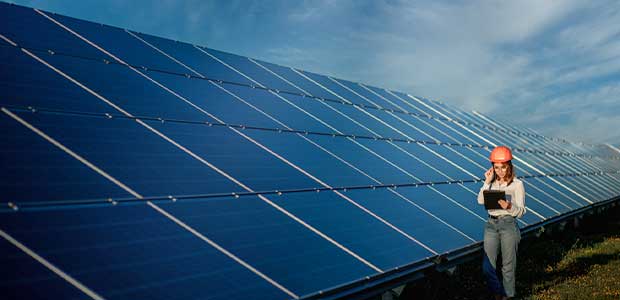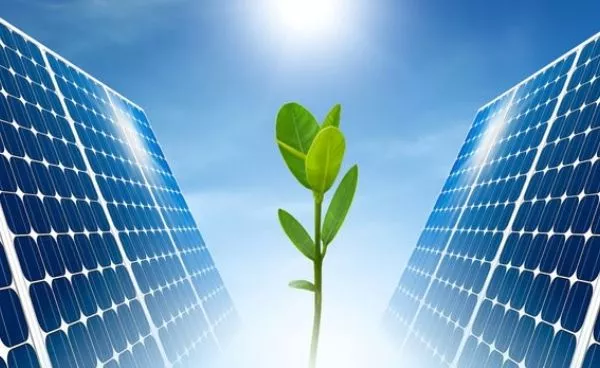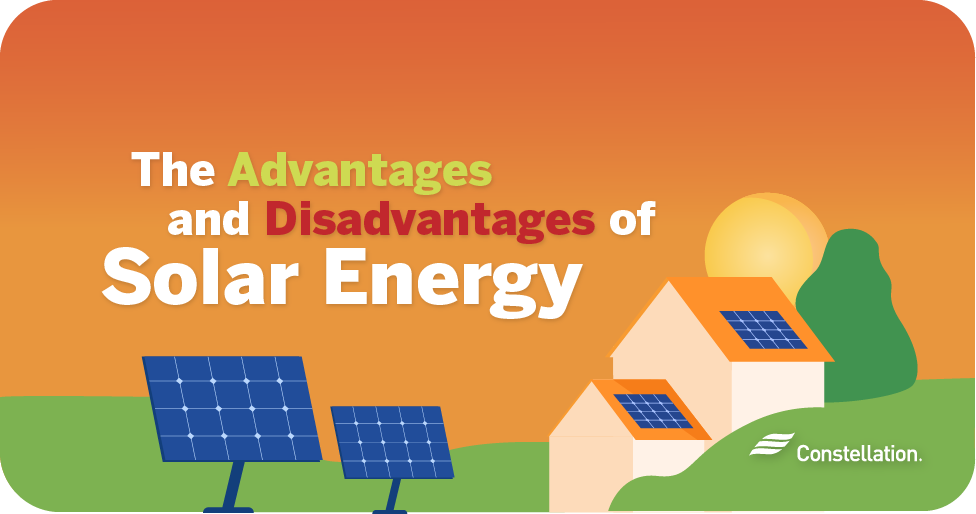Simply Solar Illinois – Your Trusted Choice in Solar Panel Solutions
Solar Power 101: A Newbie's Guide to Sustainable Energy Solutions
As the world progressively changes towards lasting energy options, comprehending the basics of solar power becomes vital for both individuals and companies. By discovering the advantages of solar modern technology, together with the economic incentives and installation processes, one can acquire a more clear viewpoint on just how to effectively integrate this sustainable source into their power approach.
Recognizing Solar Power
At its core, recognizing solar power includes grasping the fundamental principles of how sunlight can be exchanged functional electrical energy. Solar power is originated from the sun's radiation, which can be utilized with different innovations. The key device for this conversion is the solar impact. This phenomenon happens when sunlight strikes semiconductor materials, typically silicon-based, within solar cells. The energy from the sunlight delights electrons in the semiconductor, permitting them to move easily and produce direct current (DC) electricity.

Comprehending solar power additionally entails identifying its ecological advantages. By using sunshine, we can mitigate greenhouse gas exhausts and lower air contamination, adding to a much more sustainable future. The developments in innovation and effectiveness of planetary systems continue to improve their feasibility, making solar power a significantly eye-catching alternative for worldwide energy needs.
Sorts Of Solar Energy Systems
Numerous kinds of solar power systems are generally utilized to harness solar energy for power generation. The main groups consist of photovoltaic (PV) systems, focusing solar power (CSP) systems, and solar thermal systems.
Photovoltaic or pv systems use photovoltaic panels composed of silicon cells that transform sunshine directly right into electrical power. These systems are functional and can be set up on roofs, ground places, or incorporated into building products.
Concentrating Solar energy systems, on the other hand, utilize mirrors or lenses to concentrate sunshine onto a little location, generating warm that drives a steam wind turbine to generate power - Simply Solar Illinois. CSP systems are generally released in large power plants and need straight sunlight, making them less suitable for cloudy areas

Each sort of solar energy system has its special characteristics, applications, and viability relying on geographical location, power needs, and spending plan, making it important to assess alternatives based upon certain situations. - Simply Solar Illinois

Benefits of Solar Energy
Utilizing solar power through different systems not just gives a lasting means to produce electrical energy however also supplies a plethora of benefits. Among one of the most considerable advantages is the reduction in greenhouse gas discharges, contributing to wikipedia reference a cleaner setting and combating climate change. Solar energy is eco-friendly, suggesting it is endless and offered as long as the sun shines, unlike nonrenewable fuel sources, which are limited and depleting.
Moreover, solar power can cause considerable price financial savings gradually. Property owners and businesses can minimize their electrical energy bills dramatically, and in many cases, they might earn credit scores for excess energy generated with net metering. In addition, the solar market creates tasks, from manufacturing to installation, promoting local economic situations.
One imp source more engaging benefit is power independence. By creating their own power, individuals and areas can reduce dependence on external energy resources, enhancing durability versus varying energy rates and supply disruptions. In addition, solar power systems need marginal maintenance, making them a hassle-free option for sustainable energy generation.
Installation Process Review
The setup procedure for solar energy systems normally involves several crucial steps that make sure reliable integration into a property. At first, a thorough site evaluation is carried out to review the roof's orientation, shading, and structural stability, which are important to enhancing photovoltaic panel efficiency. Following this assessment, the design phase starts, where a tailored solar power system is set up based upon the home owner's power demands and choices.
Once the design is completed, the necessary permits and approvals are gotten from neighborhood authorities, making certain compliance with policies. The actual installation entails placing the photovoltaic panels on the roofing or ground, connecting them to an inverter, and integrating the system with the residential or commercial property's electrical arrangement. This phase may additionally involve installing battery storage space systems, depending upon the design.
After installation, a comprehensive inspection is conducted to confirm the system's performance and security. Finally, the system is appointed, and house owners are educated on its operation and maintenance. With the setup complete, the solar power system can begin creating sustainable power, contributing to sustainability and reducing energy costs. This organized method ensures that planetary systems are both efficient and reliable, maximizing their lasting benefits.
Financial Rewards and Financial Savings
Checking out the economic incentives and cost savings related to solar power systems can dramatically enhance the charm of making the switch to renewable energy. Numerous motivations exist at federal, state, and regional levels, made to decrease the first prices connected with solar setup. Among one of the most notable incentives is the federal solar tax credit scores, which enables home owners to subtract a percent of their solar system installation costs from their federal tax obligations. As of find out this here 2023, this credit report stands at 30%, giving substantial savings.
Along with tax obligation credit scores, lots of states use refunds that can even more lower upfront expenses. Some utility firms additionally supply performance-based rewards, satisfying solar power production with time. Funding choices, such as solar lendings and leases, permit consumers to set up systems with little to no down repayment, making solar power extra accessible.

Furthermore, solar systems can raise home worths, offering a solid return on investment. In general, the combination of rewards and cost savings makes solar power an economically eye-catching selection for numerous homes.
Final Thought
To conclude, solar power represents an important component of lasting power remedies, giving a path toward decreased carbon footprints and boosted environmental management. The varied kinds of solar power systems, coupled with significant economic motivations, assist in wider adoption amongst individuals and neighborhoods. Understanding the installment procedures and benefits related to solar power equips stakeholders to make enlightened choices. Eventually, the shift to solar power not just promotes ecological duty however likewise advertises economic savings and power self-reliance.